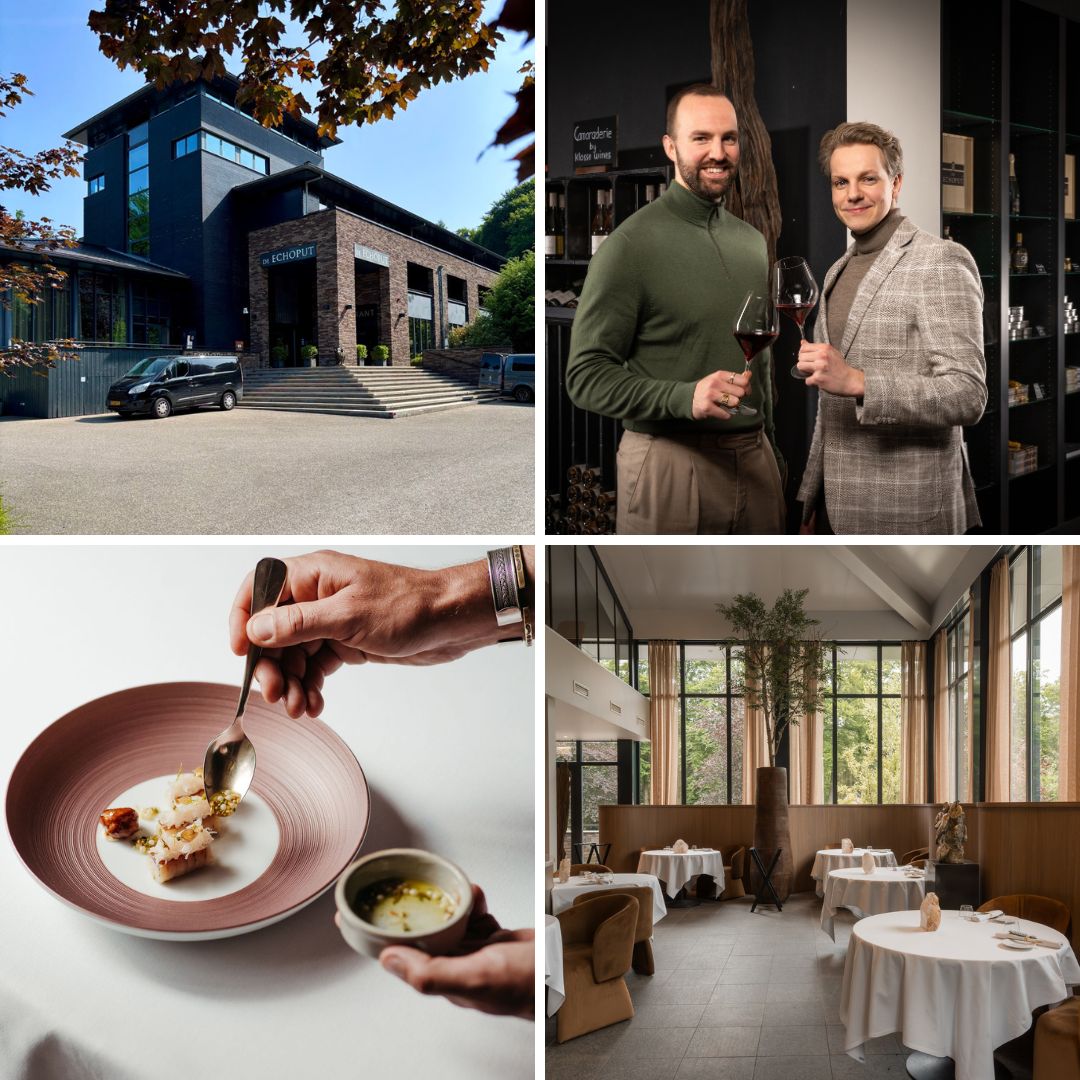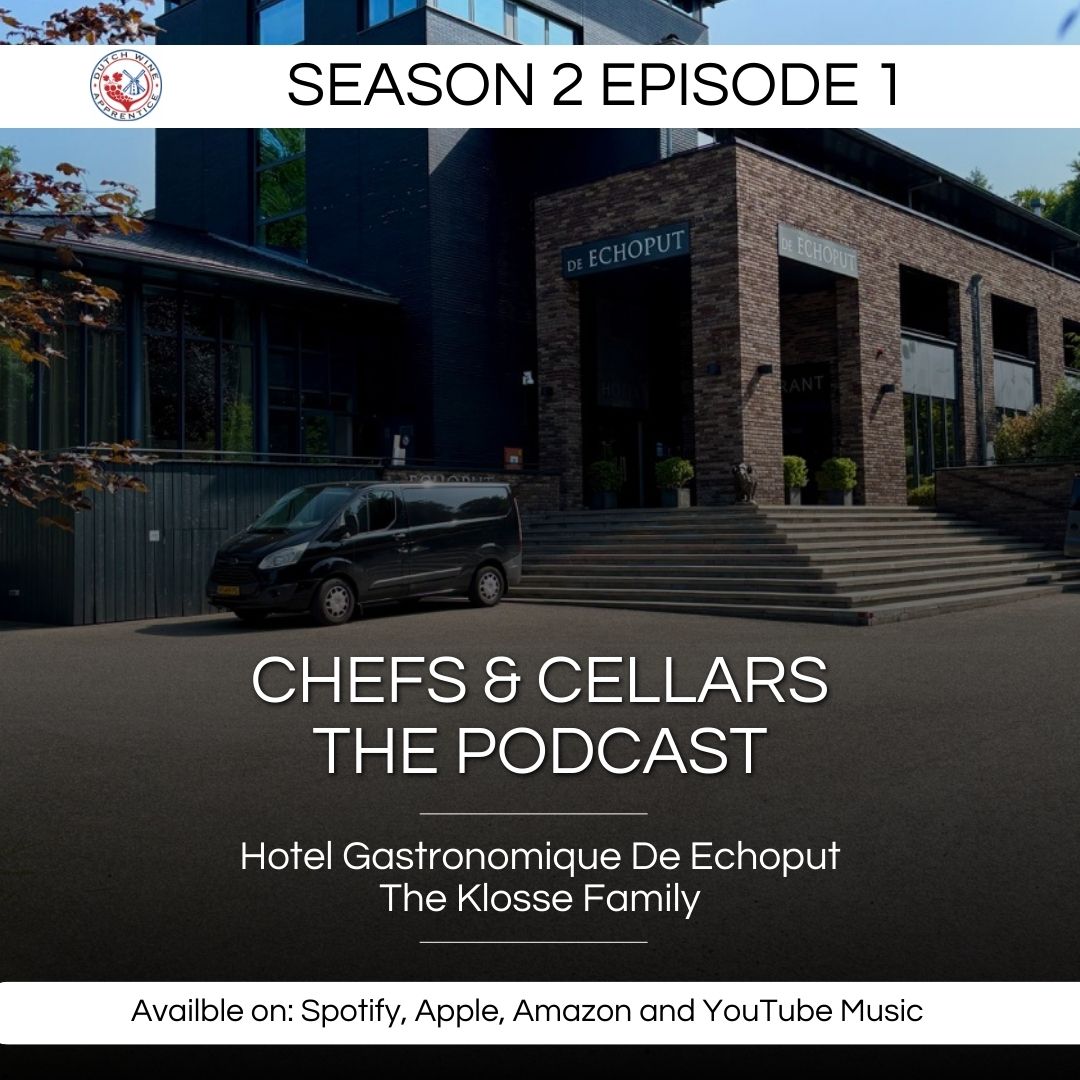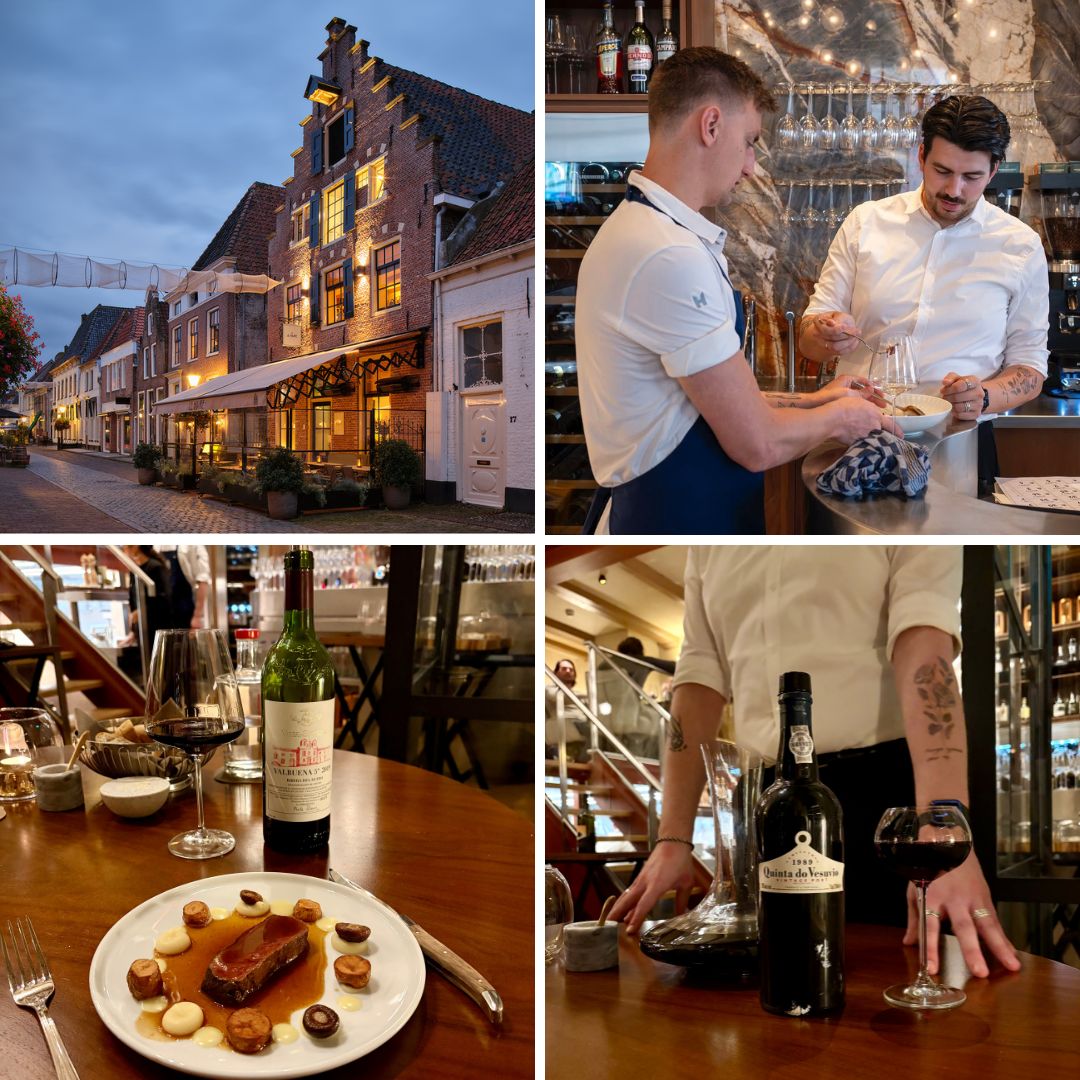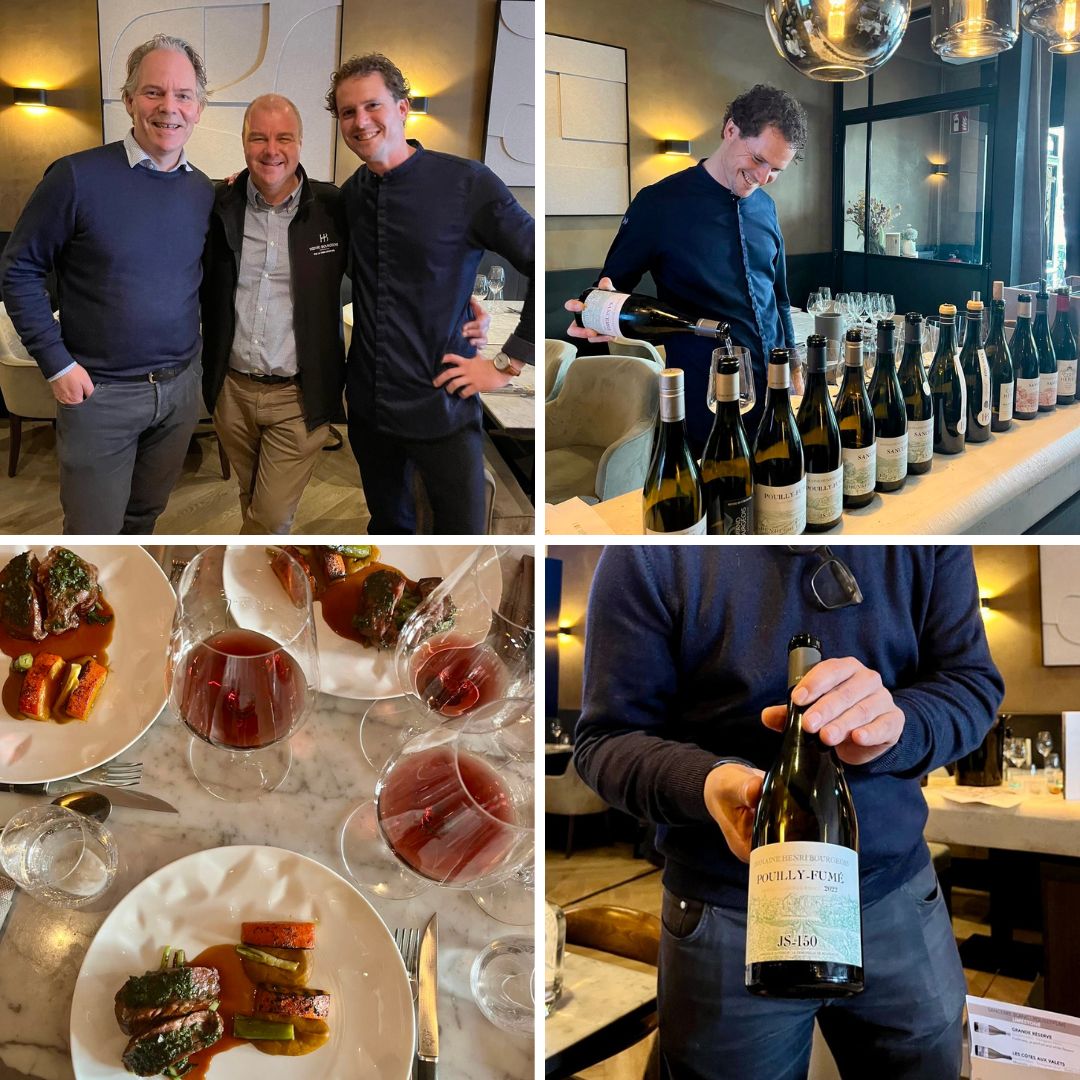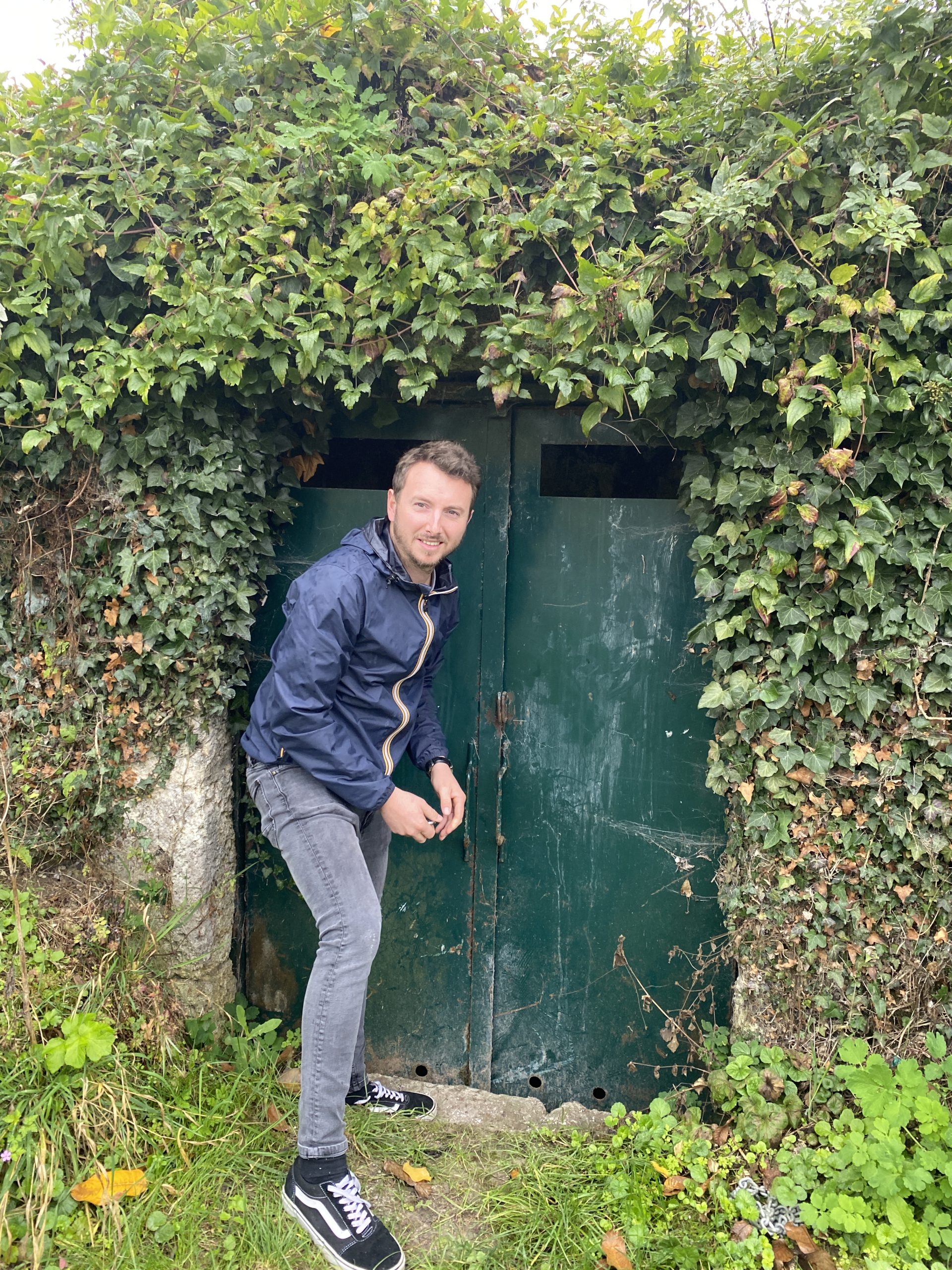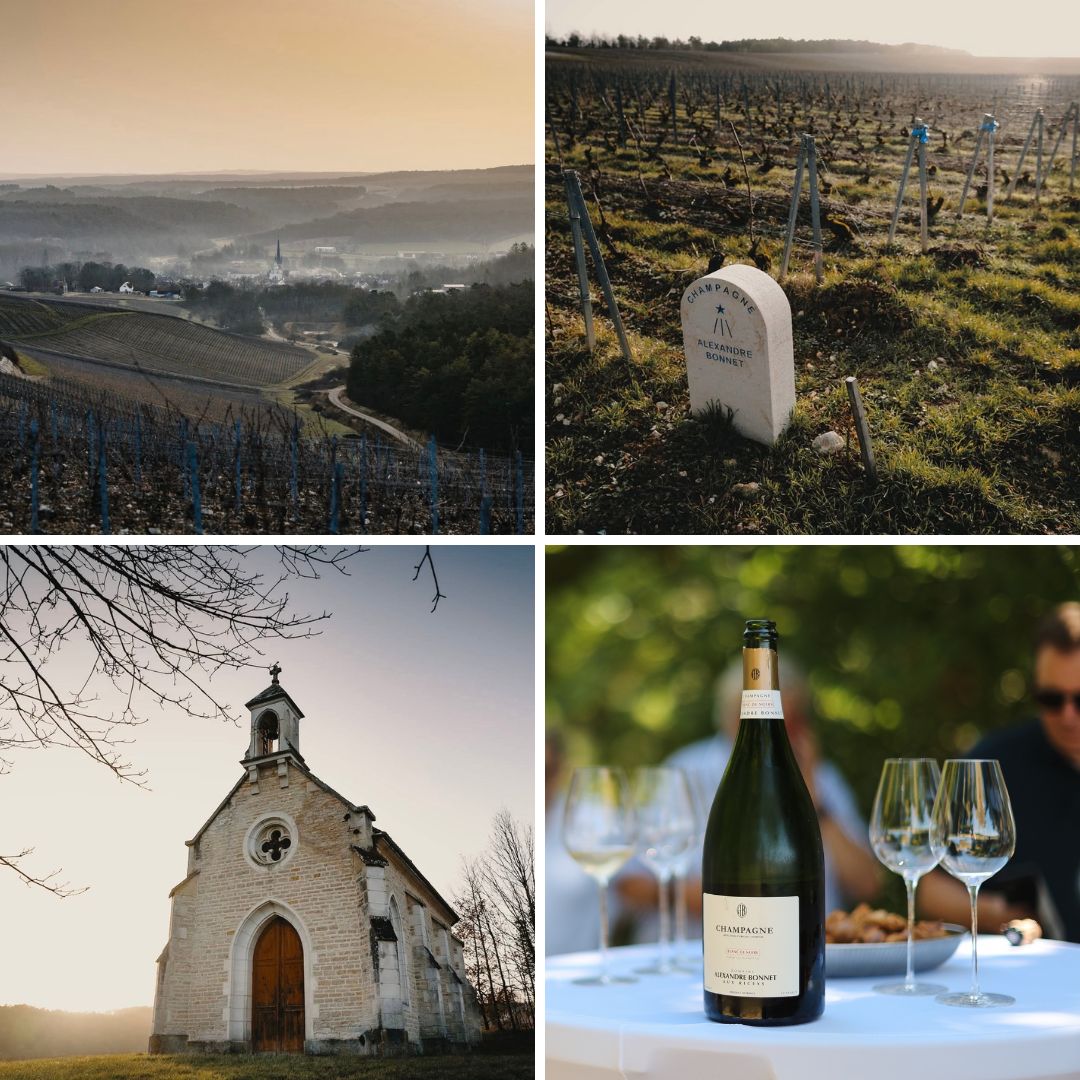For this special edition season we are teaming up with an organisation that is successfully showcasing how different terroir and wines can be throughout Spain; Grandes Pagos de Espana. In 6 episodes we will talk about the diversity of Spain, it’s history, present and future and we will guide you through 5 prominent and promising wine regions.
Each region will be represented by one of the local stars, and members of Grandes Pagos de Espana. In this sixt and final episode Jose Ferrer from Pago de Secastilla is our guest. Pago de Secastilla (part of Viñas del Vero) is a member of the association and a unique winery in the North of Spain, located in the D.O. Somontano. They focus on growing Garnacha (Grenache), producing both red and white Garnacha wines. We will learn what Grandes Pagos de Espana means for Jose and what the characteristics are for the region, vineyards, grapes and wines.
About Pago de Secastilla
Pago de Secastilla is part of Viñas del Vero. At the end of the 20th century Viñas del Vero decided to invest in viticulture in the unparalleled Secastilla Valley. In Secastilla everything is special, its climate, its altitude, its orientation, its matriarchal traditions and its curious geographical features. The soil is special too: stony, airy slopes located over 700 meters above sea level, where ancient Garnacha vines enjoy a perfect habitat.
The Secastilla valley lies at the north eastern end of Somontano, nestled half way between the two great communication routes that connect the Somontano with the Pyrenees. The valley enjoys a special, very distinctive Mediterranean microclimate that is ideal for growing vines, olive and almond trees. In this unique environment, Viñas del Vero turns the valley’s traditional varieties into wine, in a manner that respects the environment and contributes to maintaining the population of the small township of Secastilla.
In fact, the vinification process takes place at Viñas del Vero, since there is no winery in the steep landscape of Secastilla. During the harvest however, they carry out an initial triage in the vineyard as well as de-stemming the grapes, meaning that both the selection and maceration processes begin in the vineyard as the grapes are picked.
Within the valley, the most remarkable vineyards are Guardia and Purruego. The soils that we can find in them are regosol in Guardia; colluvium in Purruego and blended clays, marls and even red plasters in Almunias.
Despite not being an excessively large area, the soil is composed of all sorts of different materials. In Guardia, the soil is made up of conglomerates in the peak or higher zone, and is deep, very stony and well-drained. In Purruego there is an accumulation of coarse elements brought down from higher places, in this case the original Pyrenees, with intermediate elements accumulating subsequently as they lost speed as the incline decreased. In Guardia, the soil comes from a valley bottom that a fast-flowing river ran into, depositing fine elements that later, during an upheaval and folding of the earth, were subjected to pressure and pushed upwards to form a diaper. These soils date back to the Holocene and Keuper periods and lie at altitudes ranging from 600 to 750m above sea level.
To maintain a high level of quality, the winery opts for traditional, organic viticultural methods that use no chemical products such as fertilizers, herbicides or insecticides. The area’s indigenous grape varieties – Garnacha, Moristel, Parraleta and Garnacha Blanca – occupy most of this unique vineyard, which is also planted with some Syrah given the site offers excellent conditions for its growing it.
About Jose Ferrer
José Ferrer is the Manager and winemaker at Viñas del Vero, Secastilla and Blecua. Degree in Technical Chemical Engineering from the University of Zaragoza, Postgraduate studies in Strategic Procurement, Masters in Viticulture and Oenology, Oenologist, and Masters in business administration from ESADE.
He was born on October 5, 1967 in Barbastro, and has had an excellent professional career. As a teacher, he has participated in numerous courses, tastings, conferences and discussion sessions, both in Spain and in other countries and has published numerous technical articles in the leading specialist magazines.
He is currently a member of the Regulatory Board of the Somontano Denomination of Origin. He is also a member of the D.O.’s tasting panel.
About the Tasting
During the show we will taste their 2017 Secastilla, the winery’s flagship red. This wine is made from Secastilla’s oldest Garnacha vines (over 40 years old), producing their purest and most intense wine. If you want to join us in the tasting during the show you can order your bottle online. For all Dutch followers The Wine List offers the 2016 vintage of the same wine through this link.
We are looking forward to talking to Jose and learn more about Grandes Pagos de Espana, Pago de Secastilla and Spain’s Northern wine region, including the D.O. Somontano. Be sure to tune in on Instagram Live through our Dutch Wine Apprentice account on Friday the 14th of January, 19:30h CET.
All shows are recorded and can also be watched on our IGTV channel (also accessible through our instagram profile). If you did not have a chance to tune in for our previous seasons you can watch the recordings through this link. We are also converting all previous episodes into Podcasts, more information and links to that can be found here.
Click here for instructions on how to follow a live show on Instagram Live. If you have questions for our guest you are welcome to prepare them and e-mail them to us or send them as a direct message on our Instagram account.
You can find a link to the recording of the show here.
